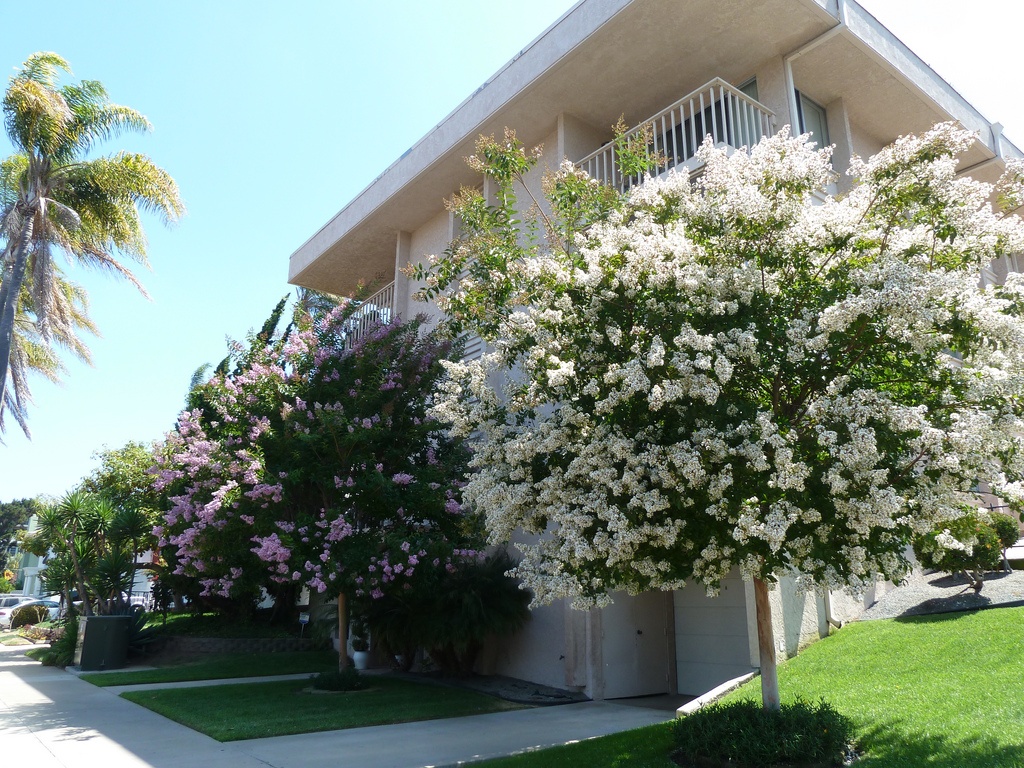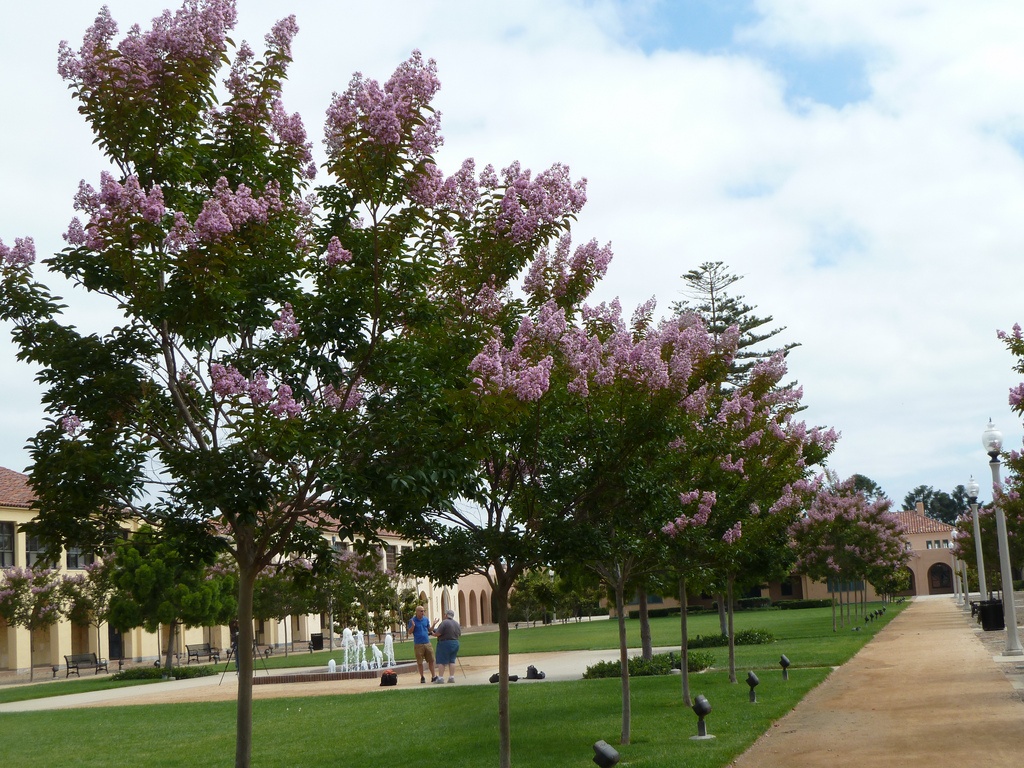Drive by businesses and neighborhoods across Memphis, and you’re bound to see crape myrtle trees that have been chopped off. It makes me upset every time I see it.
Unfortunately, this improper pruning technique can be found across the country. It even has its own name: crape murder.
Crape myrtles can produce beautiful blooms and are pretty sustainable, but chopping them off and not caring for them can really take its toll on the trees. Improper pruning can leave scars and wounds that will last forever.
Here are tips and techniques on how to care for crape myrtles.
When and How To Prune

An important part of caring for crape myrtles is limited pruning and removing small branches from the lower part of the trunk.
Pruning your trees will help remove dead or damaged limbs and promote growth. It can also prevent safety problems from rouge or low branches, as well as improve your property’s aesthetic value.
The best time to prune crape myrtles is during late winter, since you don’t have to worry about new growth during that time.
While pruning can be beneficial, it’s important it’s done correctly. Trees never heal from their wounds —they only seal them. Large wounds can attract insects and disease, so avoid cutting into the branch collar.
Use sharp pruning equipment, such as a lopper or hand pruner.
To keep from ripping and damaging the trunk of the tree, professionals should use the three-point method.
- Make an undercut that’s half of the way through the branch to relieve weight from the branch collar.
- The next cut should be farther from the trunk.
- Make the final cut next to the tree’s trunk.
All of the cuts should be made down from the top.
Improve Tree’s Surroundings
Beyond proper pruning, you also need to make sure the tree is in a healthy environment. That includes giving it enough nutrients.

Add a layer of compost or mulch around the tree each spring. It shouldn’t look like a volcano of mulch but should be spread out under the tree’s dripline.
You should also water the crape myrtle during the summer if there’s less than 1 inch of rainfall a week. Make sure there is good drainage around the tree to keep it from retaining too much water.
Look for Infestations
To keep your trees healthy, check them for crape myrtle bark scale.
The scale feeds on the tree and creates honeydew, which supports the growth of a sooty mold fungus. That can lead to large, black areas on the crape myrtle’s bark. Pruning wounds and damage can become easy entry points for the insects.

Prevent scale by having a professional landscaping company perform a deep-root treatment. You may need more than one treatment depending on the trees.
Hire a Professional with Tree Experience
Keep your crape myrtles healthy and looking their bests year round by hiring a professional landscaping company. Use a landscaper who has experience caring for trees.
Michael Hatcher & Associates offers pruning, tree care, lawn care and spray services — in addition to maintenance, design, install and irrigation services — throughout the Memphis metro-area.
Our experienced team will work to keep your trees healthy, even if they have been “murdered” in the past.
Contact Michael Hatcher & Associates at 901-755-3207 or by filling out a form online. You can also request a consultation on our site to see how we can care for and prune your crape myrtles.


